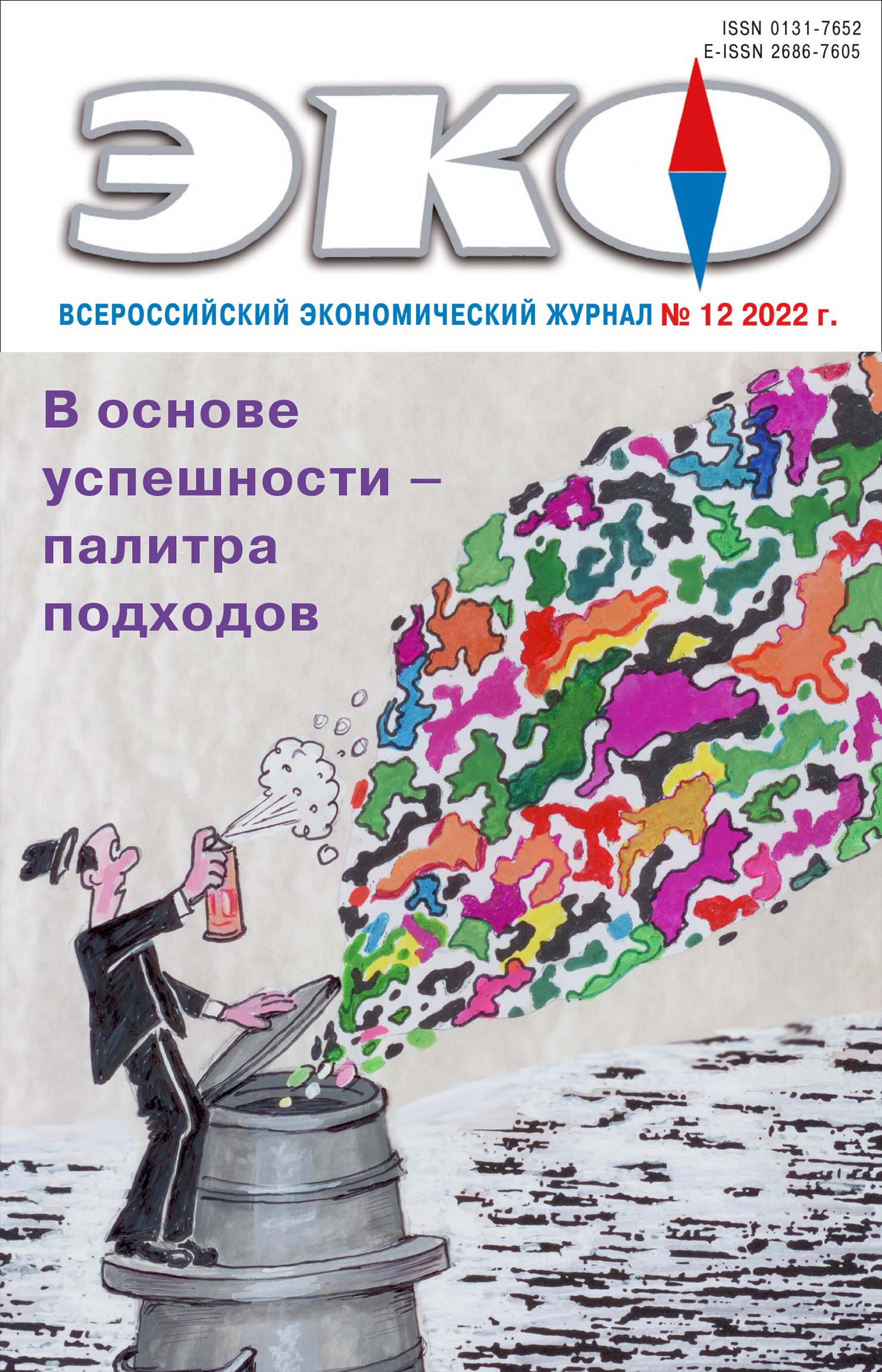Cover story: A Palette of Approaches Leading to Success
Published 2022-11-24
Keywords
- CO2 emissions; electric vehicles; cars; transport; public transport; scenarios; forecasting
How to Cite
1.
Milyakin С. Reducing CO2 Emissions in Cities: Electric Cars or Public Transport. ECO [Internet]. 2022 Nov. 24 [cited 2025 Dec. 16];52(12):32-51. Available from: https://ecotrends.ru/index.php/eco/article/view/4541
Abstract
The paper examines the emission of CO2 in urban passenger transport. Two alternatives are considered – electrification of private cars and increased use of public transport. To compare them, a model for calculating CO2 emissions from urban passenger transport is used. Calculations were made for seven scenarios differing in the degree of electrification and the degree of substitution of the use of cars by public transport. The example of Moscow shows that electrification of private cars can be the main direction to reduce CO2 emissions, while the substitution of public transport can help to mitigate other negative effects of motorization.References
- Bamberg, S., Hunecke, M., Blöbaum, A. (2007). Social context, personal norms and the use of public transportation: Two field studies. Journal of environmental psychology. Vol. 27. No. 3. Pp. 190–203.
- Haddad, L., Aouachria, Z. (2015). Impact of the transport on the urban heat island. International Journal of Environmental and Ecological Engineering, Vol. 9. No. 8. Pp. 968–973.
- Helmers, E., Weiss, M. (2017). Advances and critical aspects in the life-cycle assessment of battery electric cars. Energy and Emission Control Technologies, Vol. 5. No. 1. Pp. 1–18.
- Khreis, H., May, A.D., & Nieuwenhuijsen, M.J. (2017). Health impacts of urban transport policy measures: A guidance note for practice. Journal of Transport & Health. No. 6. Pp. 209–227.
- Kolbe, K. (2019). Mitigating urban heat island effect and carbon dioxide emissions through different mobility concepts: Comparison of conventional vehicles with electric vehicles, hydrogen vehicles and public transportation. Transport Policy. No. 80. Pp. 1–11.
- Ksenofontov, M.Y., Milyakin, S.R. (2018). The automobilization process and its determining factors in the past, present, and future. Studies on Russian Economic Development. Vol. 29. No. 4. Pp. 406–414.
- Prior, T., Wäger, P.A., Stamp, A., Widmer, R., Giurco, D. (2013). Sustainable governance of scarce metals: The case of lithium. Science of the total environment. No. 461. Pp. 785–791.
- Siegelbaum, L.H. (2011). Cars for comrades. In Cars for Comrades. Cornell University Press. 328 p.
- Timmers, V.R., Achten, P.A. (2018). Non-exhaust PM emissions from battery electric vehicles. Non-exhaust emissions. Pp. 261–287.
- Eckart, J. (2017, November). Batteries can be part of the fight against climate change – if we do these five things. In World Economic Forum.
- Urry, J. (2012). Sociology beyond societies: Mobilities for the twenty-first century. Routledge. 272 p.
- Urry, J. (2004). The ‘system’of automobility. Theory, culture & society. Vol. 21. No. 4–5. Pp. 25–39.
- Vuchic, V.R. (2017). Transportation for livable cities. Routledge. 378 p. Milyakin S. R., Cand. Sci. (Econ.), Institute of Economic Forecasting of the RAS, Moscow, milyakinsergei@gmail.com, https://orcid.org/0000–0002–3770–7785

